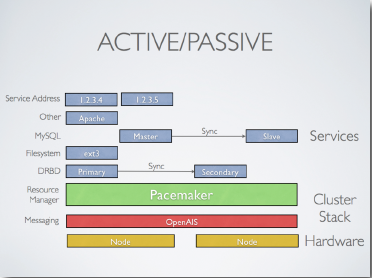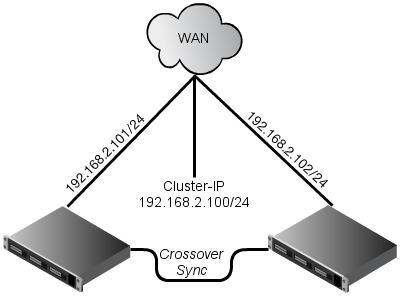Just imagine, your cluster is telling you if some resources getting stuck or manual interventions are required.
It could be a e-mail, push over notification or just a classic XMPP message.
This describes the basics of creating of own resources for your cluster.






